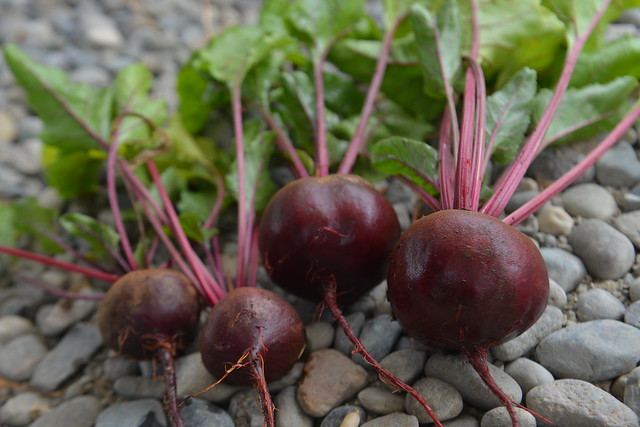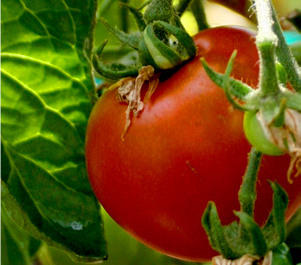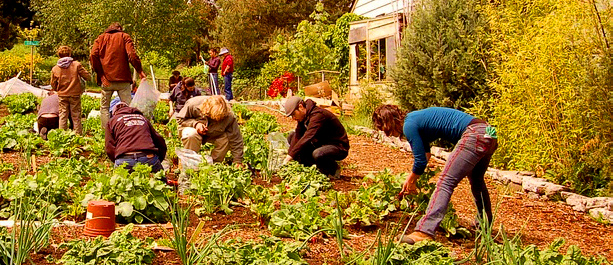Loop® compost is on the horizon
Compost made with Loop is a rich, stable, and odor-free product for flowers, vegetable gardens, and landscaping. With a full suite of nutrients, compost made with Loop enriched Pacific Northwest landscapes from 1976 to 2020.
We are currently exploring bringing a new retail product to market. Stay tuned for news as we work to make Loop Compost a reality. In the meantime, there is an excellent biosolids product produced by our neighbor city, Tacoma. Learn more about TAGRO soil blends. You can also view a list of regional cities that have biosolids products for home gardeners at Northwest Biosolids.

How to use compost
Add it to your garden soil, containers, or indoor pots to turn your dirt around and get lush plant growth.
- For annual flower and vegetable beds add 1-3” to the top of your garden soil and till it in 6-12” deep each spring.
- For turf add 1/2-1” and rake evenly across the grass once a year.
- For perennial shrubs and trees, add 1-3” to the soil surface. As with any compost product or bark mulch, be sure to leave a 3” border around plant stems and trunks.
- Freshen up indoor plants by sprinkling a bit 1/2-2” of compost to the surface of the pot.
Why we love compost
Compost provides organic matter to soils and improves the physical properties of both sandy and clayey soils. Compost made with Loop is appreciated by gardeners and commercial landscapers for its ability to aerate soil, retain moisture, and produce beautiful blooms. It also helps to protect Puget Sound because it helps urban soils retain rainwater like a sponge, which reduces the amount of dirty stormwater flowing into Puget Sound.
How biosolids compost is made
To create compost, one part biosolids is mixed with woody material from local lumber mills, yard trimmings, or other sources. The mixture is stacked into large piles that are turned regularly or put on top of pipes with air to keep them aerated and hot. In addition to laboratory testing, the temperature of the piles is regularly monitored to ensure that disease causing organisms are killed so that it meets EPA pathogen reduction requirements. After all pathogens have been killed off by high heat, the compost piles are left to mature for a few months to a year. Once the compost is stable, mature, and pathogen-free, it’s ready for sale. All of the nutrients found in Loop are also found in compost made with Loop, although at lower concentrations because of the blending with sawdust.
Since 1976, compost was made from sawdust and Loop and sold as GroCo compost. Other common composts are made from yard trimmings, food scraps, or manure. All composts provide some nutrients for plants and help build the soil, but GroCo compost was special because it was made with Loop.





